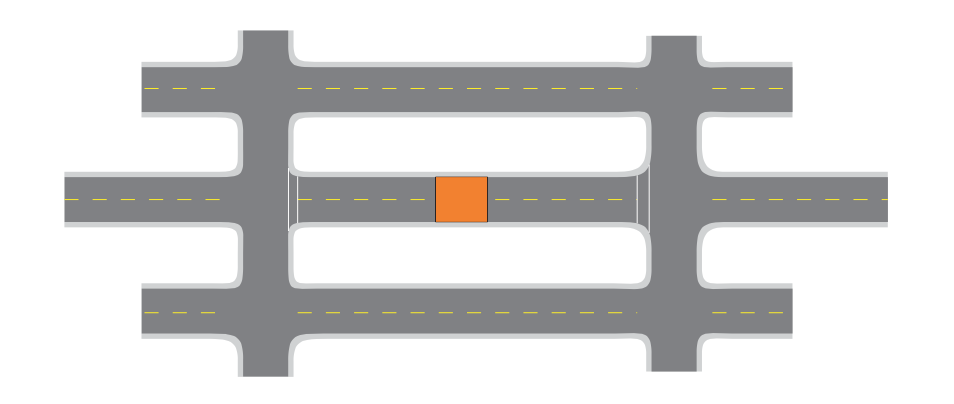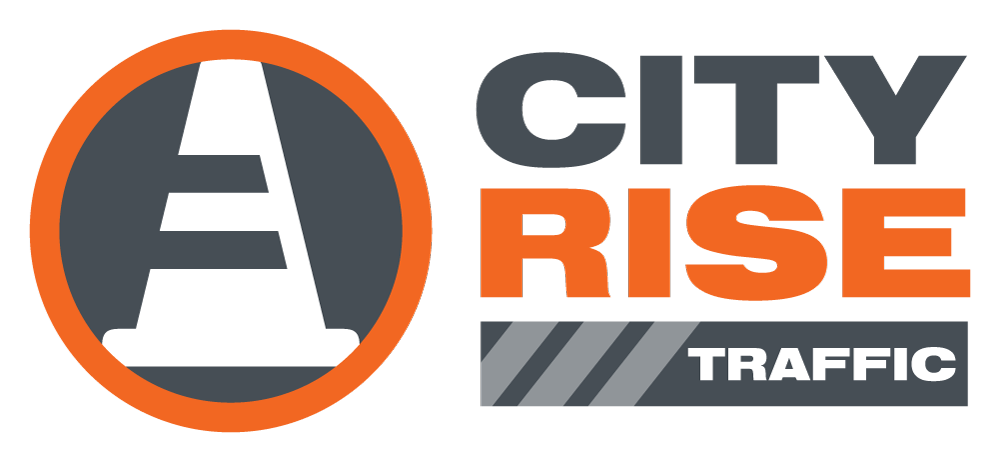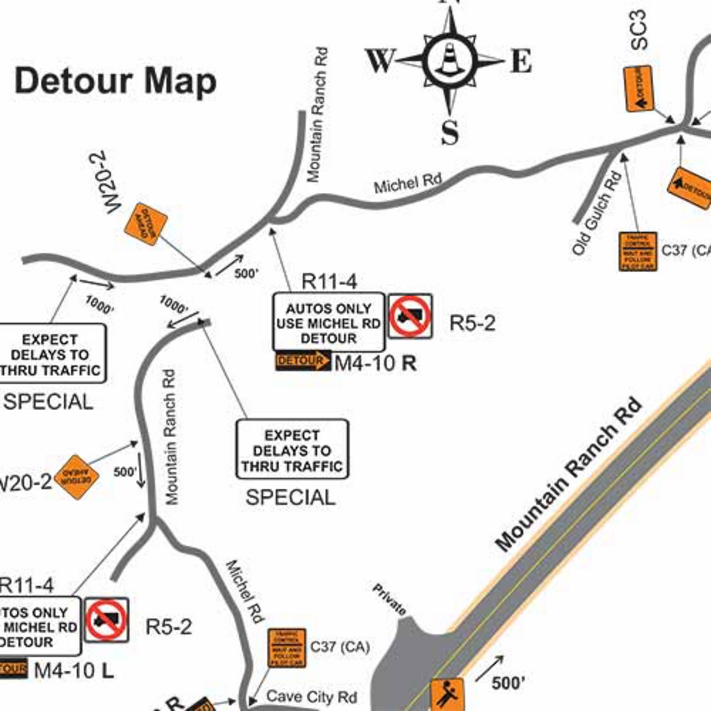Traffic Control plans.
City Rise employs an experienced team of Traffic Control Engineers who specialize in Traffic Control Plans (TCP) that meet state and local submission guidelines for roadways across the country.
Regardless of the project’s timeframe or complexity, every single TCP will be optimized to maximize job efficiency, placement, safety, and permit approval.
City Rise Traffic Control Plans account for Manual On Uniform Traffic Control Devices (MUTCD) guidelines and meet American Traffic Safety Services Association (ATSSA) standards.
When you need it done right, call City Rise.
City Rise also does plans for Engineering and Construction!
TYpes of Traffic Control plans.
City Rise Safety designs a wide assortment of Traffic Control Plans. The following are different images for the most widely recognized sorts of plans we offer covering most Traffic control circumstances. We hope this page can likewise enable you to decide the Traffic control plan that might be best suited for your particular task.
Flagging Operation

Used when diverting traffic into a single lane is necessary. Flaggers can also maintain driveway and alley way openings and assist pedestrians around work zones.
Lane Shift

Used when there is enough room to shift the land around the work area while encroaching on the oncoming lane. Can require temporary striping and barriers.
Sidewalk Closure

Used when work does not encroach on the public right of way but will impact pedestrian traffic. Pedestrian detour maps are required to ensure pedestrian movement is unaffected.
Road Closure

A complete closure is required when there is not enough room for single lane traffic to maneuver around a work area. Road closure often require a detour plan in conjunction with the closure.
Shoulder Closure

When the lane is wide enough to allow the work zone as well as through traffic, a shoulder closure can be utilized. A shoulder closure is also used when taking up public parking spaces.
Lane Closure

Any closure of a through lane requires a lane closure plan. These plans utilize arrow boards and advance warning signs to notify motorists of a change in road configuration.
What are you waiting for?









